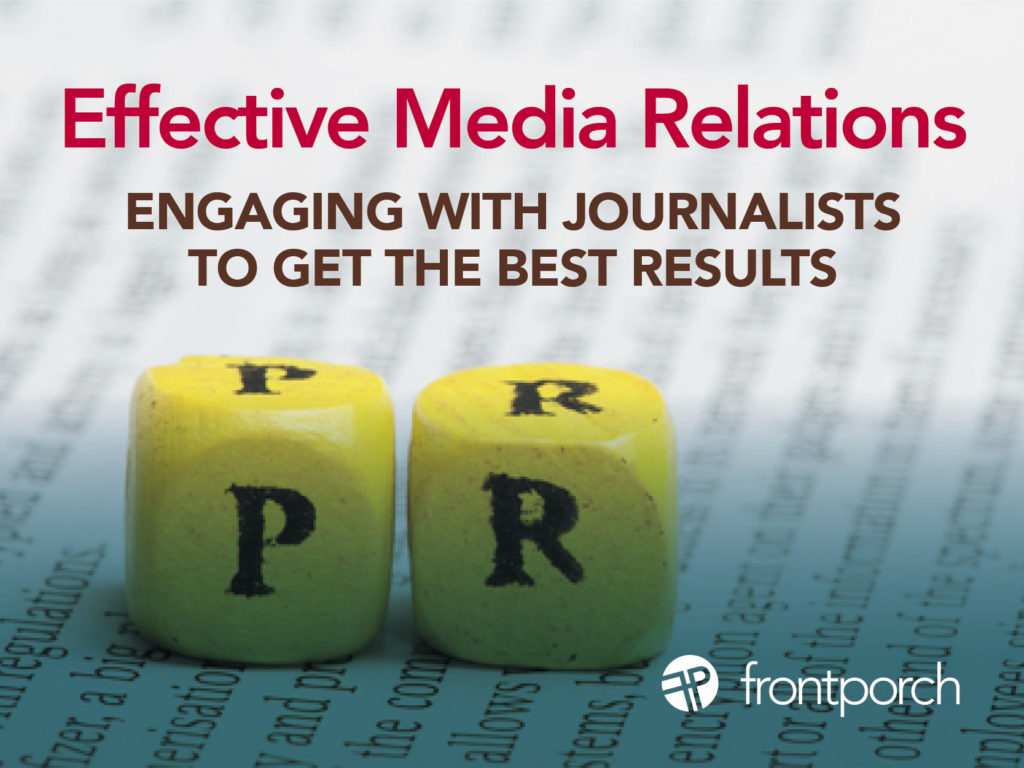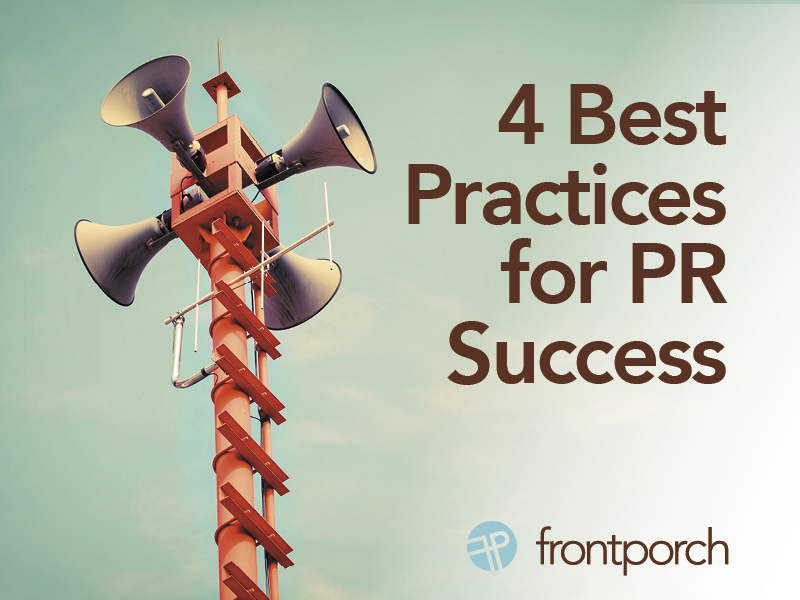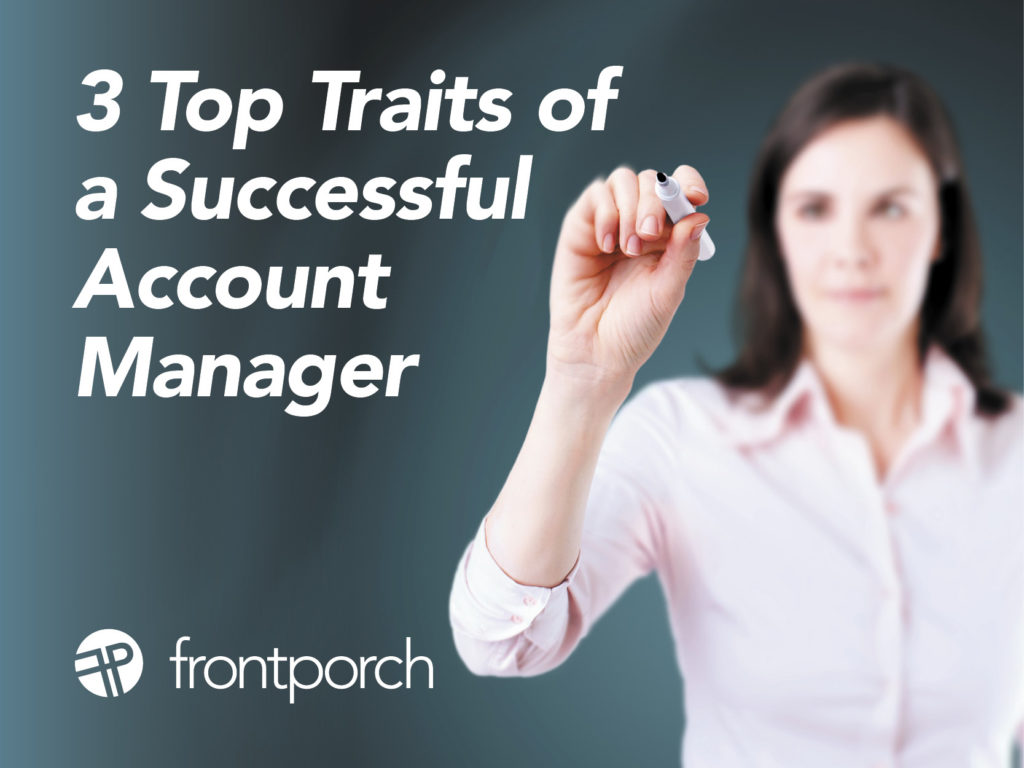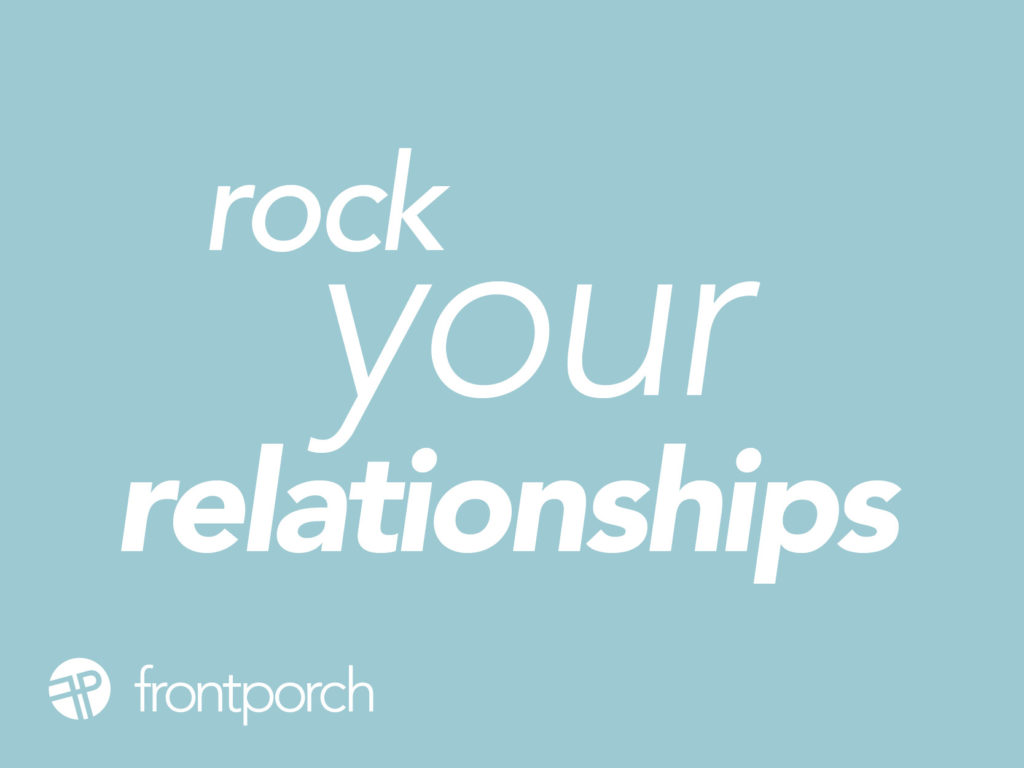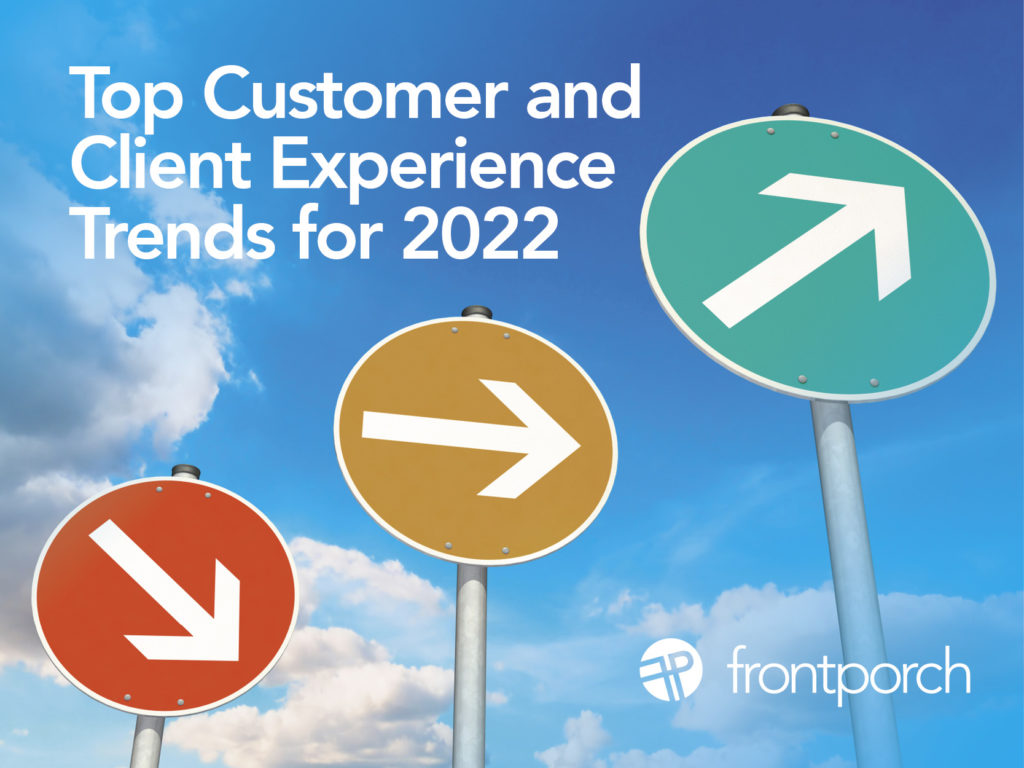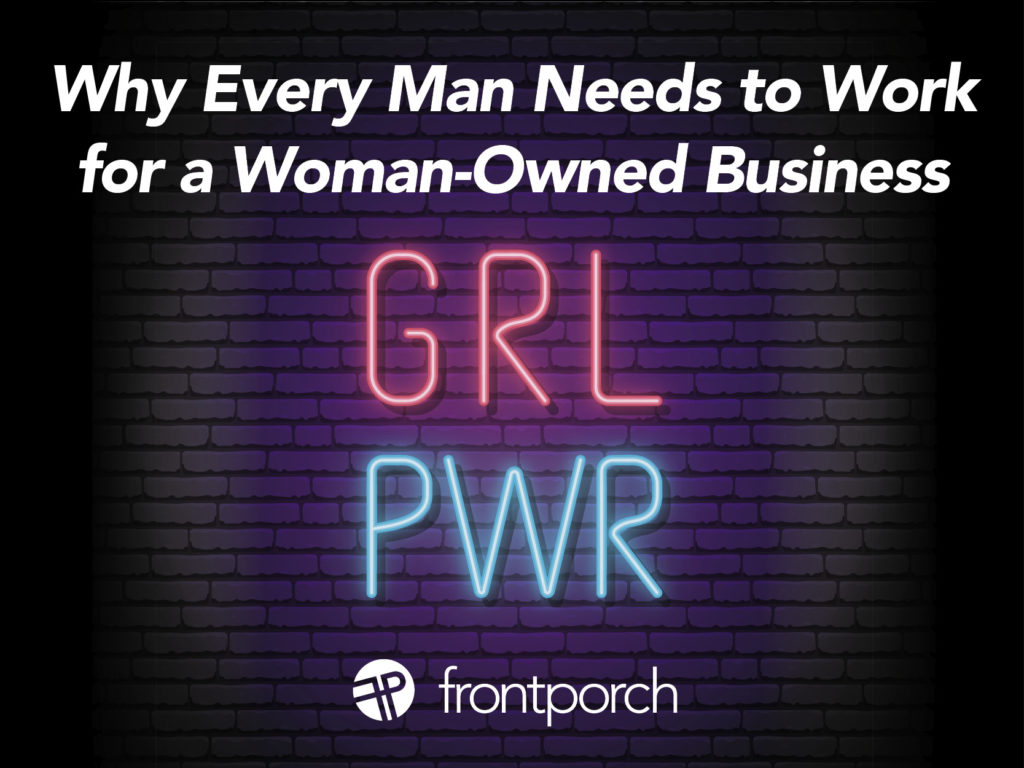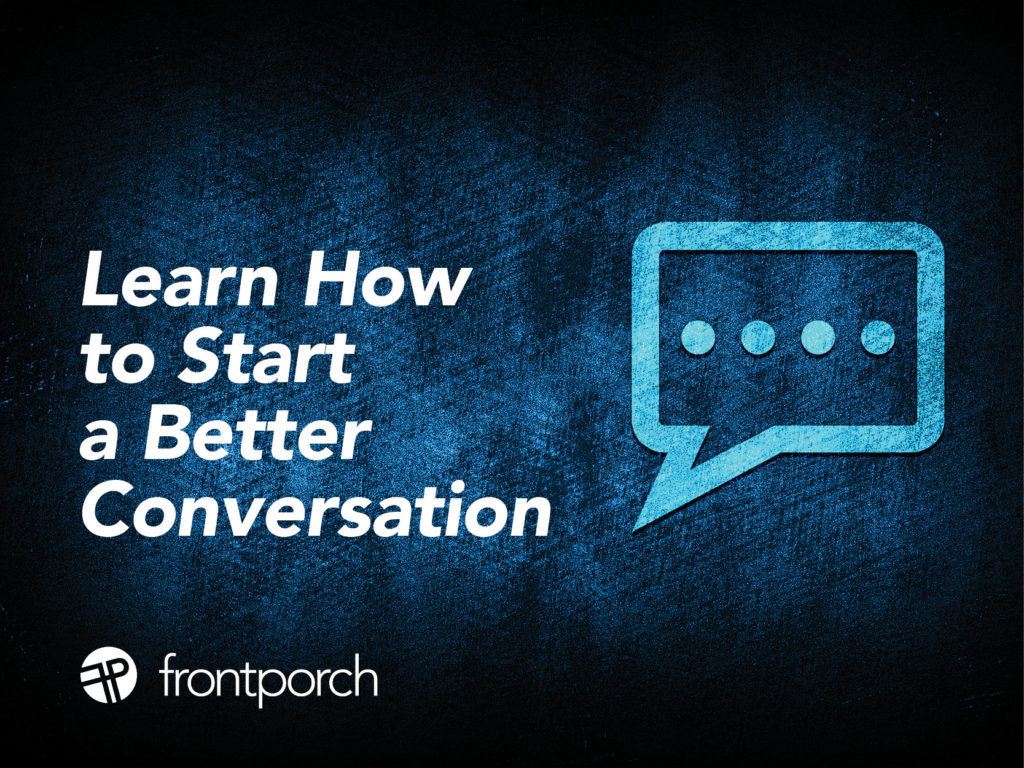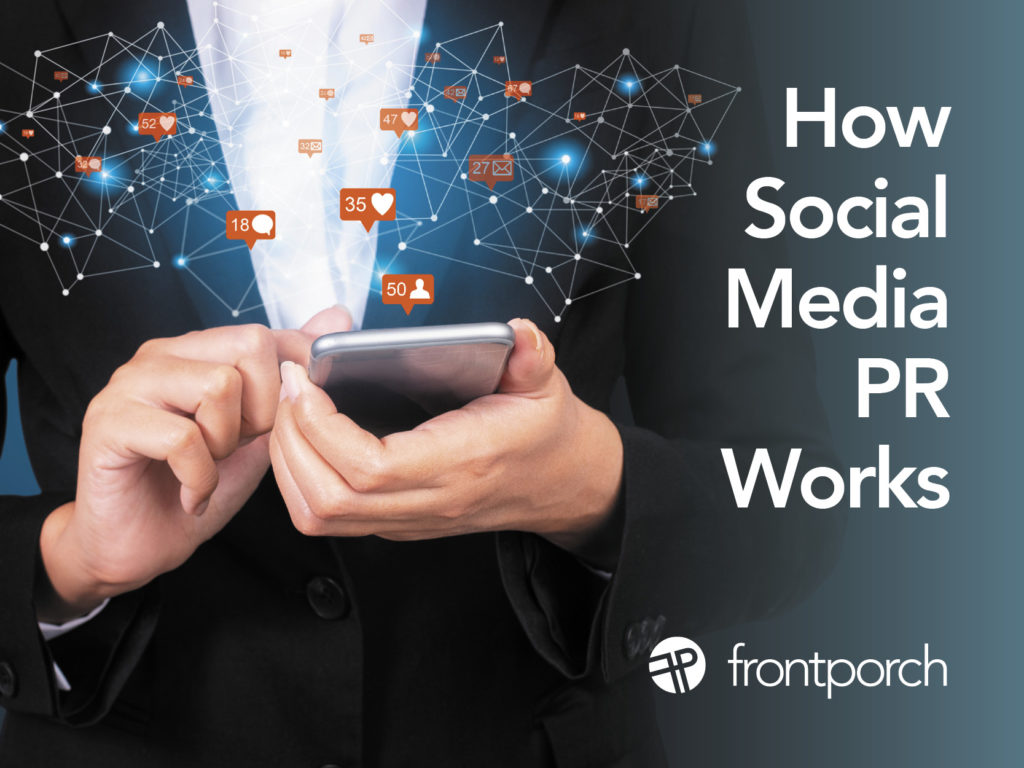
PR and social media are both based on communication. But social media, with its real-time messaging, strengthens your client’s awareness. And it supports PR efforts. This allows PR to be stronger and more effective. Content published via press releases lives longer, spreads faster and has a further reach with the support of social media. Social media PR is today’s word-of-mouth/grassroots marketing.
Social Media PR Position Clients in the News
As stories are shared in real time, public relations professionals can use social channels as a tool to leverage their client’s brand. Follow specific hashtags that are relevant to the client. In addition, follow the journalists that cover applicable beats.
Journalists often use Twitter as means to find an expert for a story they are working. They are also searching for an idea that is coordinated with their editorial beat. Use Twitter as a research tool: view journalists’ tweets and retweets and arm yourself with the topics they’re interested in. Observe the people they engage with and use this insight to craft your message.
Setting The Stage for Success
When setting the stage for a major announcement or activation – start teasing the message on your client’s social platforms with hashtags that include media outlets. The teaser campaign should include strategic story angles that will whet the interest of news outlets. Beyond dropping links on LinkedIn or Twitter, consider additional formatting ideas such as:
- Highlighting key press release points in the caption
- Providing bullet points or a “condensed” release in conjunction with the external link
- Organizing the release into an image or infographic
When you get a media placement, share it across all platforms to integrate your client’s social media and PR strategies.
Takeaway
Social has given brands new outlets to connect and share information. The channels are constantly changing, challenging brands to adjust quickly and create compelling content to reach target markets across a variety of mediums. Brands that recognize the power of PR and social media have emerged as industry leaders, bringing value to their overall brand and creating loyalty customers.

